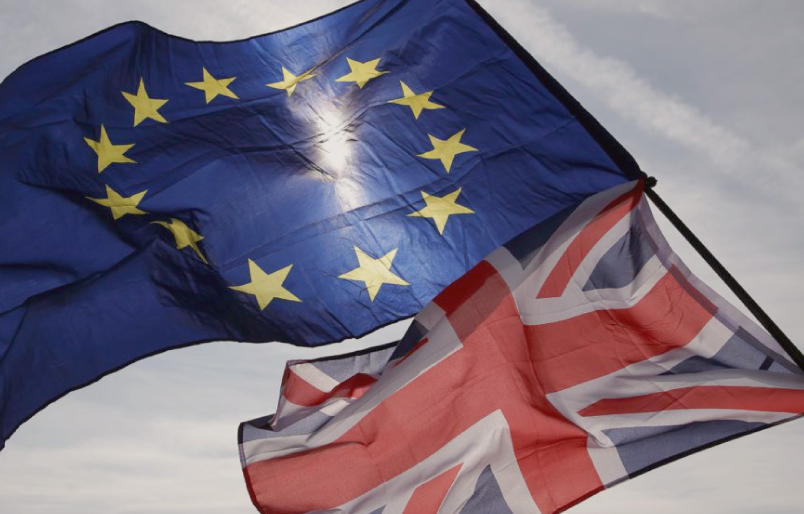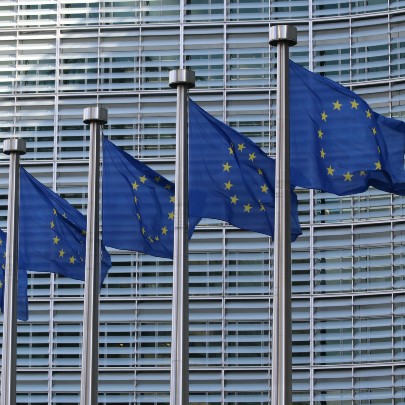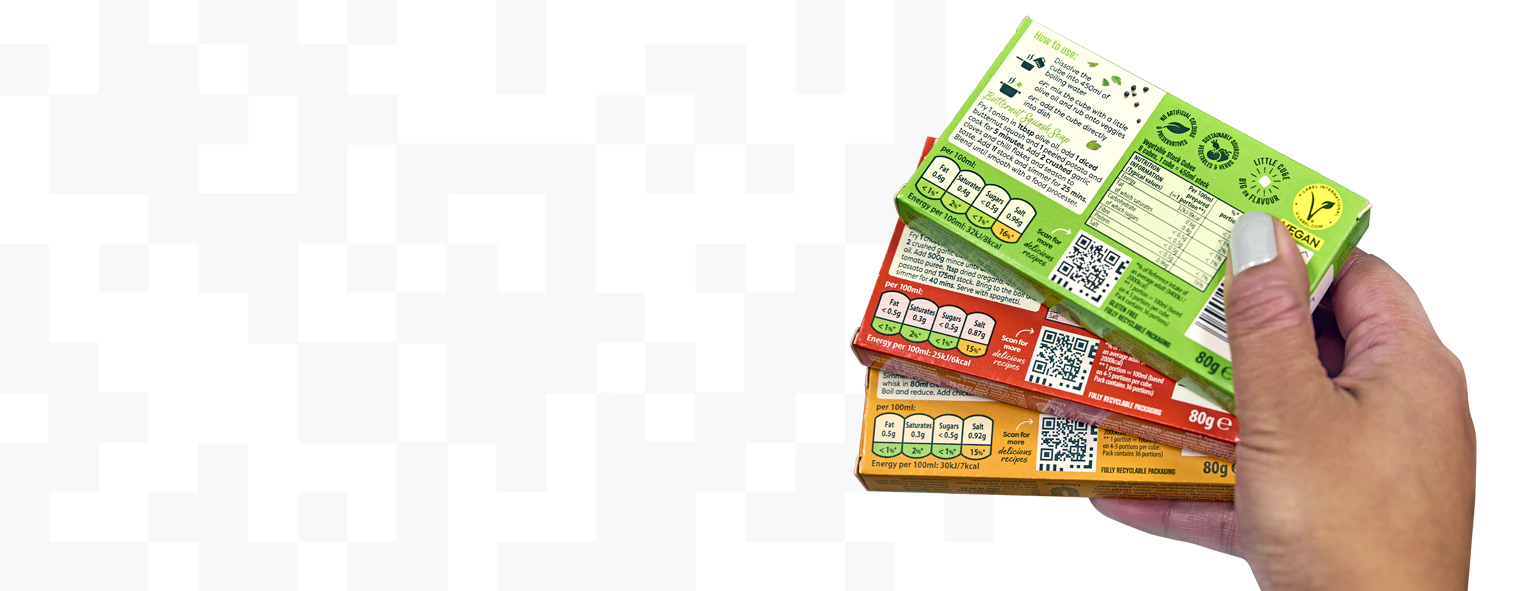May 18, 2023 Industry news
On 9 March 2023, France introduced new recycling regulations that required all manufacturers and exporters selling in the country to include a mandatory Triman logo and InfoTri signage on their packaging.
Unlike in the UK, the French requirements have no size threshold and businesses are obligated as soon as they place one item on the market. Any businesses that fail to comply face serious repercussions, ranging from suspension from trading on online sites to fines of up to €15,000 per product.
On 1 January 2023, just two months earlier, Italy introduced a new legislative decree that requires any supply chain actor placing packaging on the Italian market to indicate the materials used via alphanumeric codes and to provide clear instructions, in Italian, for disposal. Failure to comply with these requirements could result in fines ranging from €5,200 – €40,000

The European Packaging and Packaging Waste Directive
France and Italy were by no means to first European countries to introduce such regulations and they certainly won’t be the last.
In fact, the decrees passed by both countries were simply the latest in a series of updates related to the European Packaging and Packaging Waste Directive 94/62/EC, a legislative framework established by the European Union (EU) to address the environmental impact of packaging and packaging waste.
First adopted in 1994, it has since undergone several revisions and now obligates member states to meet targets for the recovery and recycling of packaging waste. Its main objectives are:
- The prevention of packaging waste: the Directive aims to minimise environmental impact by encouraging the design and production of packaging that generates less waste.
- The promotion of reuse, recycling, and recovery: the Directive sets targets for the reuse, recycling, and recovery of packaging waste. Member states are required to establish systems to collect and recycle.
- The reduction of hazardous substances: The Directive includes provisions to restrict the use of certain hazardous substances in packaging, such as heavy metals like lead, cadmium, and mercury. 4
- The harmonisation of national measures: The Directive seeks to harmonise waste management practices across the EU to create a level playing field for businesses and ensure the free movement of goods.
One of the Directive’s key targets is that by 31 December 2025, a minimum of 65% (by weight) of all packaging waste should be recycled. Member states must also ensure that Extended Producer Responsibility (EPR) schemes for food packaging are established by 31 December 2024.

New labelling requirements across Europe
In order to meet EU’s 2025 recycling target and the 2024 EPR deadline, an increasing number of member states are introducing new recycling logo and labelling requirements. France and Italy are just the latest examples as it appears Portugal, Spain, Poland and Germany are soon to follow suit.
In Portugal, a draft regulation is set to make the inclusion of sorting instructions for packaging waste, including the colour of the relevant recycling bin, mandatory. As well as banning the Tidyman logo on all recyclable packaging, simplified logos for identifying plastic materials are also likely be required.
Spain’s recent Real Decreto 1055/2022 decree has introduced new labelling requirements that must be met by from 1 January 2025. As well as banning terms such as “environmentally friendly”, recyclable packaging must mention the percentage of recyclability based on documented proof and the correct method of disposal must be shown for each component.
In Germany, labelling for the identification of packaging materials is defined in VerpackG §6. This law proposes the use of the recycling codes from the EU Packaging Waste Directive but, unlike in France and Italy, there is currently no legal obligation. At present producers only have to ensure their packaging is marked with the correct material identifiers and the use of any additional symbols or information is voluntary. However, it is believed Germany will announce mandatory labelling requirements in the near future.
Like Germany, Poland’s current EPR system encourages producers to label their packaging appropriately although this is still optional. However, a significant change to the Polish producer-responsibility regulations is planned. This includes new mechanisms of supervision and control over recycling, including the introduction of an obligation for each single-use plastic product to bear a visible, legible and indelible mark on the packaging or on the product itself.

What does this mean for UK businesses?
While the European Packaging and Packaging Waste Directive does aim to harmonise waste management across the EU, it does not currently cover recycling logos and there are no harmonised standards for EU recycling labelling at present.
This means it is becoming increasingly difficult for UK food and beverage companies that sell products in the EU to label their products correctly and keep their consumers informed of how to correctly dispose of their packaging.
As the number of countries introducing different mandatory labelling requirements increases, so too will the number of UK businesses that are affected. Any UK brands or producers that export to countries within EU should try their best to keep up to date with the latest packaging legislation for the markets they operate in and, if in need of any further advice or support, should reach out to our partners at the Department for Business and Trade (DBT).
The DBT offers a free export support service that can provide trusted, expert guidance on exporting to new markets, navigating paperwork and documentation requirements, complying with local laws and regulations for specific countries, and more.
A digital solution
The new French laws introduced in March mandate that QR codes are to be added to all in-scope packaging, giving shoppers access to detailed recycling information at the scan of a smartphone.
This was a sensible move as QR codes, particularly those powered by the GS1 Digital Link standard, offer businesses an efficient and cost effective means of futureproofing their packaging against new legislative demands.

The GS1 Digital Link standard extends the power and flexibility of GS1 identifiers by making them part of the web. This means that GS1 identifiers, such as the Global Trade Item Number (GTIN), can now act as a digital gateway to all manner of consumer information.
Where a URL typically points to a single, specific website, GS1 Digital Link enables connections to all types of business-to-business and business-to-consumer information. Adding a QR code to a product using Digital Link means you’re not only providing a URL for people to scan, you’re also carrying GS1 identifiers – the same identifiers relied upon throughout industry – and following a non-proprietary, no vendor-lock system.
Brand owners have the ability to update or publish new messaging without having to alter the packaging and can link to any number of information sources all from one symbol.
This gives businesses the control and flexibility required to tailor the information they provide according to the specific needs of the person scanning the QR code on their packaging. This will not only enable them to meet the legislative demands of today, but also rapidly adapt to those of tomorrow.



